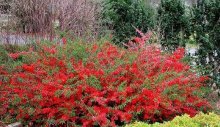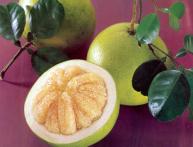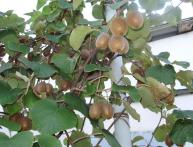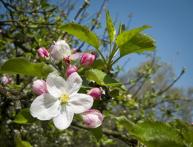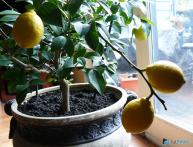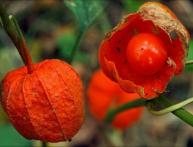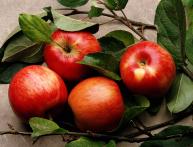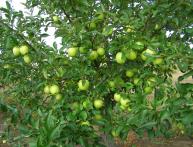Chaenomeles japonica - how to properly grow and care for the plant
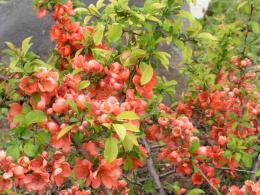
Chaenomeles is represented by four species that are found in Japan and China. It is a deciduous and evergreen shrub with small thorns on its branches. The fruits of the plant look similar to apples.
The plant blooms with red or orange flowers, which are arranged in a single manner. The plant prefers fertile soils and areas that receive sunlight. The plant loves moderate watering. In hot and dry summers, this procedure should be performed regularly. With proper care, this species can live up to sixty years.
Content:
- Distinctive features of Chaenomeles japonica
- Planting and caring for the plant
- How to grow planting material?
- Chaenomeles and woodlice
Distinctive features of Chaenomeles japonica
The most popular species is Chaenomeles japonica. This plant is especially valued by amateur gardeners; it has various varieties and hybrids. The main advantages of growing this type of plant are:
- Unpretentiousness
- Long flowering period
- Opportunity to obtain fruits with excellent taste properties
- Benefit for health
- Low level of susceptibility to attack by microorganisms
The shrub has dense foliage that can reach a height of up to three meters. Young foliage is bronze in color, while older foliage becomes dark green over time. The flowers are large, can reach five centimeters in diameter.In our country, the plant blooms in late spring, before the leaves bloom.
The opening of the buds occurs in stages, so the flowering period is about one month. The fruits of the plant can be eaten and are yellow with green spots. The berries ripen in mid-autumn. Pollination of the plant occurs in a cross-pollination manner with the involvement of bees.
The growth of the species occurs slowly; within a year the shoots increase in length up to five centimeters. If the plant grows on fertile soil, in a well-lit area, then it will grow more intensively. Chaenomeles tolerates shearing well and is resistant to severe frosts. The soils from which the buds bloom are located close to the ground, so the plant is minimally damaged and blooms for a long time.
The undoubted advantage of the plant is its flowering in the early period, so it is important to use it for decorating sidewalks, borders and creating hedges. The plant looks spectacular both when growing alone and in groups.
The fruits of the plant are widely used in the food and confectionery industries. They are used as components of products such as jelly, jam, compotes, pastilles and many others. Their addition gives the products a specific and rich taste with a pleasant aroma. In addition, the fruits are necessary for the production of citric acid and vinegar.
They are famous varieties and hybrids, in which the flowers have an unusual color - white, bright red, white with pink stripes, yellow, orange and many others.
Planting and caring for the plant
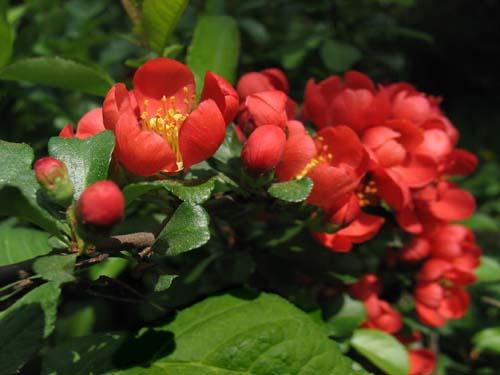
The shrub can grow on soils with different technical compositions, however, they feel most comfortable in soil with a low level of acidity. When choosing a place for planting, you should pay attention to its illumination. With low light access, seedlings grow slowly.
Planting of seedlings must be carried out in the spring or autumn, when weather conditions permit. The gap between the rows of bushes should not be less than two or two and a half meters. Seedlings should be located 0.5 meters apart, seedlings from 1 to 1.5 meters. The plant produces a large number of fruits by the third year of life, and the maximum peak of fruiting occurs after five or seven years.
Before planting a plant Organic and mineral fertilizers must be added to the soil. Subsequently, it is recommended to fertilize the soil with nitrogen-containing substances every three or four years. Fertilizer is applied in the spring, while loosening the soil. It is also necessary to periodically feed the plant with compost or manure. Optimally, bird droppings are suitable in the form of organic fertilizer.
Every 12-15 years the plant must be pruned, giving it a certain shape. The crown should be formed in such a way that the plant receives uniform lighting. All dry and damaged branches are removed. A properly formed shrub should have from 10 to 15 well-developed branches. The plant is resistant to attack by pests and diseases.
In the middle zone it is important to grow plant varieties such as Nikolay, Citrine, Vitamin, Kalif, Nika. You can also grow imported varieties Rubra and Umbilicata, Toyo Nishiki, Belgian Merlozi and many others.All varieties have a lot of advantages, so you need to choose them depending on your growing purposes.
How to grow planting material?
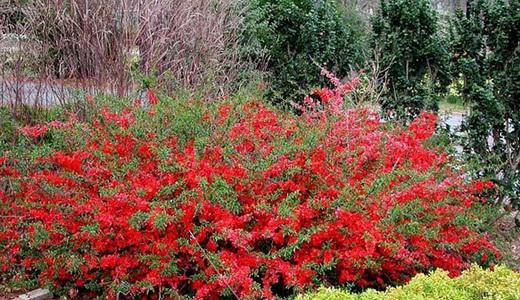
Material for planting is produced from seeds, which ripens in mid to late autumn. In order for plants to germinate, a stratification procedure is necessary. If the seeds are to be sown in the spring, they are placed in the refrigerator. They are buried in the sand and stored there for two months.
The germination rate is quite high. The first shoots appear quickly. Sowing of seeds is carried out in spring or autumn. The seeds are immersed to a depth of 20-25 centimeters, after which the soil is carefully leveled. Sowing is carried out in furrows with a small amount of humus or compost. In this case, a strict gap of 50-60 centimeters between the grooves must be observed.
After the seeds are planted, the soil is covered with soil, watered and sprinkled with humus or peat on top. In mid-spring the first shoots appear. If the seeds are planted correctly, the seedlings will be friendly. As soon as three or four leaves have formed, closely planted plants need to be removed.
The gap between plants after this procedure, the gap between seedlings should not exceed more than 15 centimeters. Chaenomeles also reproduces using cuttings, layering or root suckers. Thus, reproduction is easy if you follow certain rules.
Chaenomeles and woodlice
The plant prefers relatively dry soils and does not tolerate stagnant water. In addition, when growing a plant, it is necessary to control air humidity.In order to cope with stagnant water, the shrub must be planted on a small mound, slightly deepening the root collar.
If woodlice grows around a seedling and it is not removed in a timely manner, the plant begins to feel uncomfortable. If this plant lives next to a bush, then it experiences increased humidity, as a result of which it may die. If the plant grows in high humidity, then over time a disease such as rotting of the root neck may appear.
This disease is of viral origin and is difficult to get rid of. The fermentation process begins in the root area, then the bark begins to gradually peel off and rot penetrates into the tissue structure of the trunk. If there is groundwater, the plant must be planted on a mound or the hole must be filled with drainage. The neck of the root after the soil has settled should not be lower than one centimeter.
The fruits of the plant are in demand among the population, as they contain a large amount useful microelements. These substances have a beneficial effect on human life, enhancing the immune system.
If you regularly consume fruits, the body's resistance increases, viruses and bacteria rarely attack it. In addition, the fruits help cope with allergies and normalize metabolism. And the pulp and extract are indispensable in the preservation and processing of culinary products.
Watch all about Chaenomeles in the video:
Interesting information about the vegetable garden


